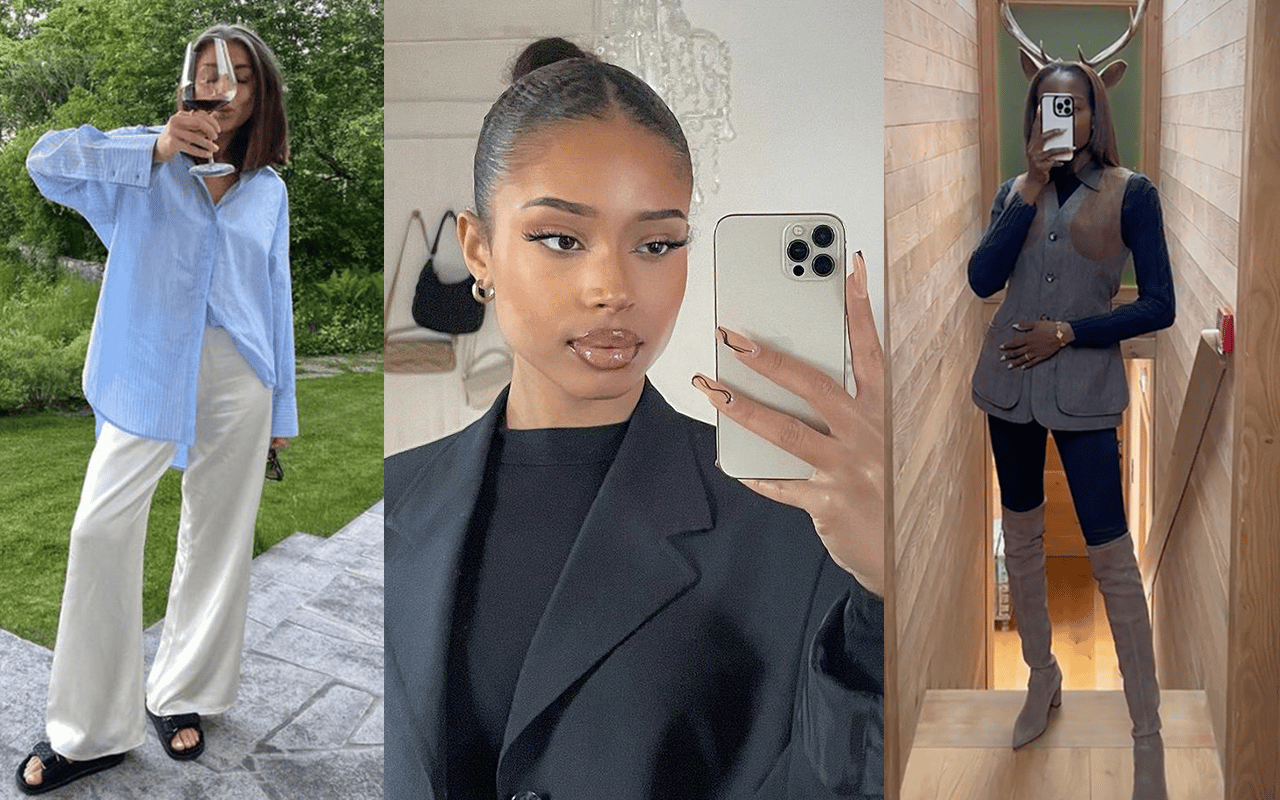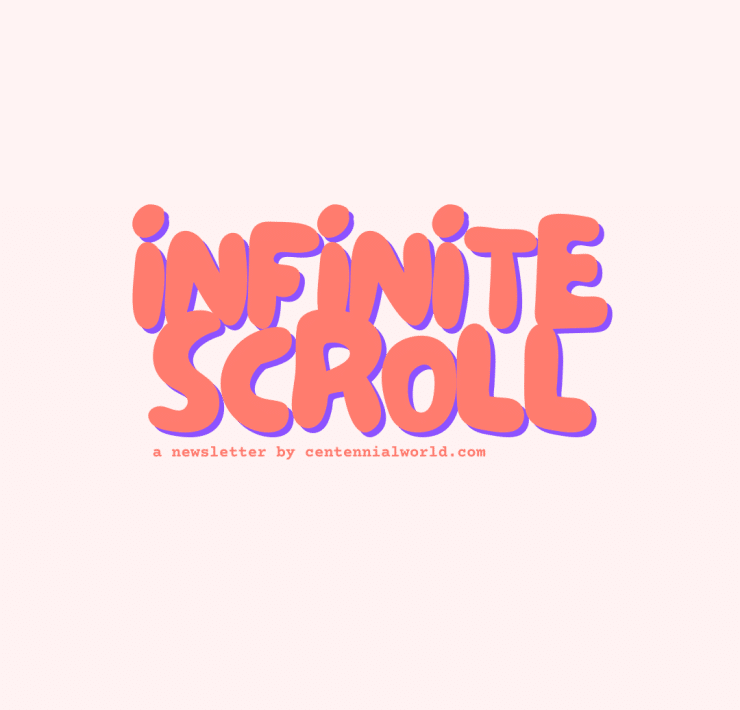
In light of the drama surrounding Hailey Bieber and her “brownie glazed lips,” this isn’t the first time that TikTok beauty trends and aesthetics have ventured into the realm of cultural appropriation.
From fox eyes to the clean girl aesthetic, many trends popularised by TikTok seem to come with an embedded assumption of whiteness.
Unpacking ‘clean girl’
The most blatant example of this would be the clean girl aesthetic. Upon hearing the words “clean girl,” you might be thinking of a blonde 20-something with a slicked low-bun and gold hoops. Perhaps you would add a neutral workout set, a pair of Apple Airpod Max headphones, and a green drink of some sort— but it is undoubtedly an aesthetic associated with whiteness.
While this aesthetic has set minimal makeup, oiled hair, and clear glossed lips as a Western beauty trend, women of colour have blown the whistle on cultural appropriation pretty much since the trend began.
Black, Brown, and Latina women have all claimed aspects of the clean girl aesthetic, with many experiencing bullying and harassment over the years for donning this look. Now that white women have co-opted this aesthetic, it’s suddenly “on-trend.”
Indeed, using oil or gel to slick back hair has long been a beauty staple for women in these cultural groups, with South Asian women adding that this hairstyle paired with gold earrings has been “their look” for generations.
“I remember in elementary school never wanting to have a slicked back braid with oil in my hair because I knew that I’d get made fun of, and it’s frustrating that these things are trends now,” said TikTok user @labyrinthave.
@labyrinthave the way all the cultural things i got made fun of are trends now #desi #bengali #browntiktok #browngirl #cleangirlaesthetic #wellness
♬ young n beautiful – cat
For many women of colour, the issue is not that white women are slicking back their hair or wearing gold hoops, but that white celebrities and influencers are being credited for “creating” this new aesthetic.
As digital creator @simplyysri said, “There is nothing wrong with a remix and bringing back old trends. Maybe just credit the original artists that you bullied for years.”
@simplyysri not to mention getting called smelly for using hair oils💀 so happy so many of y’all are calling out the duality of “aesthetics”
♬ original sound – simplyysri
What’s in the word “clean”?
Many people have pointed out the problematic connotations of the word “clean”.
In a TikTok video, skincare guru Charlotte Palermino broke down the dark history of whiteness in association with cleanliness and purity, while the opposite was implied for those with dark skin.
“This is why I am so uncomfortable when people use the word ‘clean’. And they use the word ‘clean’ around purity and moral righteousness, around an aesthetic that is being centred around white women,” she said.
The harmful effects of this trope clearly still linger, with women of colour being called “ratchet” and “ghetto” for first wearing the same look that is now considered “clean”.
“Brown people have always been seen as dirty but when a white girl does it, it’s suddenly a trend and seen as a clean girl aesthetic,” said TikTok user @labyrinthave.
Old Money & Coastal Granddaughter: More TikTok aesthetics that exclude
Meanwhile, people of colour are often excluded from other trends popularised by TikTok.
Feminine aesthetics like coquette, old money and coastal granddaughter have all become major fashion trends in Western popular culture, yet the poster girls of these aesthetics remain firmly white.
In her vlog-style video of a day in the English countryside, Black British TikTok creator @officialfadairo was met with comments like “it looks like cosplay” and “get out vibes”, comparing her old money style to the 2017 thriller film, which depicts Black characters unwillingly stuck in the bodies of white people.
@officialfadairo Grateful for another idyllic start to my sort of an autumn season 🍂 #fyp
♬ original sound – India Maxey
Jae Gurley, another Black creator who posted a video in an outfit inspired by the old money aesthetic, was told, “I’m sorry but you don’t fit in the aesthetic. It almost looks as if you were wearing a costume.”
“Why is it that anything to do with sophistication, class and luxury is automatically deemed exclusively for white people, but anything to do with struggle, labour and poverty is immediately associated with the Black experience?” he asked in a response video.
Noting that these aesthetics do have European or “white” origins, we see POC who embrace these aesthetics being ridiculed in a way that simply does not happen when the tables are turned.
@jaegurley Reply to @danielnavaas I understand that we don’t normally see black people in #oldmoneyaesthetic cuz of history but what’s so bad if we want to?
♬ original sound – Jae Gurley
In an age where inclusion is preached and cultural appropriation is called out, especially on Gen Z-dominated apps like TikTok, it is clear that there is still a long way to go. Listening, validating, and acknowledging POC voices when they raise an issue can be a valuable first step, as well as amplifying the voices of those who do speak up.
Support from other communities can also help to amplify a message while validating the experiences of those who raise an issue.

